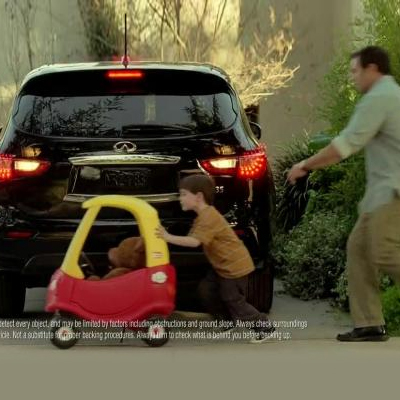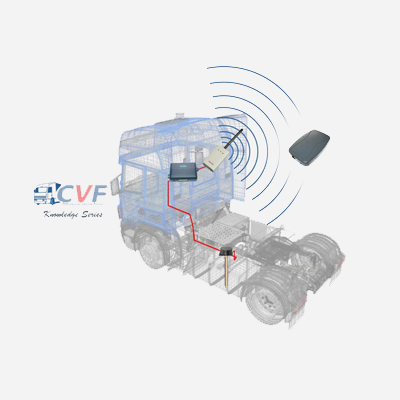The Role of Augmented Reality (AR) in Automotive Maintenance and Repairs

Augmented Reality (AR) has emerged as a transformative technology with the potential to revolutionize various industries, and the automotive sector is no exception. In recent years, AR has gained significant traction in automotive maintenance and repairs, offering innovative solutions that enhance efficiency, accuracy, and overall customer satisfaction. By overlaying digital information onto the real-world environment, AR has opened up new avenues for technicians, mechanics, and even car owners to streamline maintenance processes and address repairs with unprecedented precision.
Role of Augmented Reality in Automotive Maintenance and Repairs:
1. Diagnostic Assistance:
AR applications empower technicians by providing real-time diagnostic information. Using AR-enabled smart glasses or mobile devices, technicians can view relevant data superimposed on the vehicle components, aiding in swift and accurate issue identification. This not only expedites the troubleshooting process but also reduces the margin of error.
2. Guided Repairs:
AR offers step-by-step visual guides during repairs. Technicians can follow digital overlays that indicate the exact location of components, torque specifications, and procedural instructions. This not only simplifies complex repair tasks but also helps less-experienced mechanics perform tasks with a higher degree of precision.
3. Training and Skill Development:
AR serves as an invaluable tool for training automotive professionals. Virtual simulations and hands-on AR experiences allow technicians to practice procedures in a risk-free environment, enhancing their skills and confidence. This proves particularly beneficial for adopting new technologies and staying abreast of the latest advancements in automotive systems.
4. Remote Assistance:
With AR, experts can provide remote assistance to technicians in the field. By sharing live visuals of the repair process and offering guidance through AR annotations, experts can contribute to faster problem resolution. This not only reduces downtime but also facilitates knowledge transfer within the automotive maintenance ecosystem.
5. Enhanced Customer Experience:
Car owners can benefit from AR applications that provide augmented manuals, showcasing routine maintenance procedures or assisting in emergency situations. AR can also enhance the customer experience by offering augmented reality interfaces for vehicle dashboards. This allows drivers to receive real-time information about their vehicle's health, upcoming maintenance needs, and navigation assistance, all displayed directly on the windshield or through heads-up displays. This proactive approach contributes to preventive maintenance, reducing the likelihood of unexpected breakdowns and ensuring safer driving experiences.
6. Efficient Parts Identification:
AR simplifies the process of identifying and ordering replacement parts. Technicians can use AR applications to scan vehicle components, which are then matched with digital databases to provide accurate part information. This expedites the procurement process, minimizes errors in part selection, and ensures a quicker turnaround for repairs.
7. Data Visualization for Analytics:
AR aids in visualizing complex data sets related to vehicle performance and diagnostics. Mechanics and engineers can use AR to overlay graphs, charts, and analytics directly onto the vehicle or its components. This visual representation helps in identifying patterns, trends, and potential issues, enabling data-driven decision-making for maintenance and repairs.
Conclusion:
In conclusion, augmented reality is redefining the landscape of automotive maintenance and repairs by providing innovative solutions that enhance efficiency, accuracy, and overall productivity. From diagnostic assistance to guided repairs, training, and remote support, AR is empowering automotive professionals and improving the overall customer experience. As this technology continues to evolve, its integration into the automotive industry is poised to bring about transformative changes, ensuring that maintenance and repairs are not only more effective but also contribute to the evolution of smarter, safer, and more connected vehicles. The role of augmented reality in automotive maintenance is not just about fixing cars; it's about revolutionizing the way we understand, interact with, and maintain our vehicles in the 21st century.


